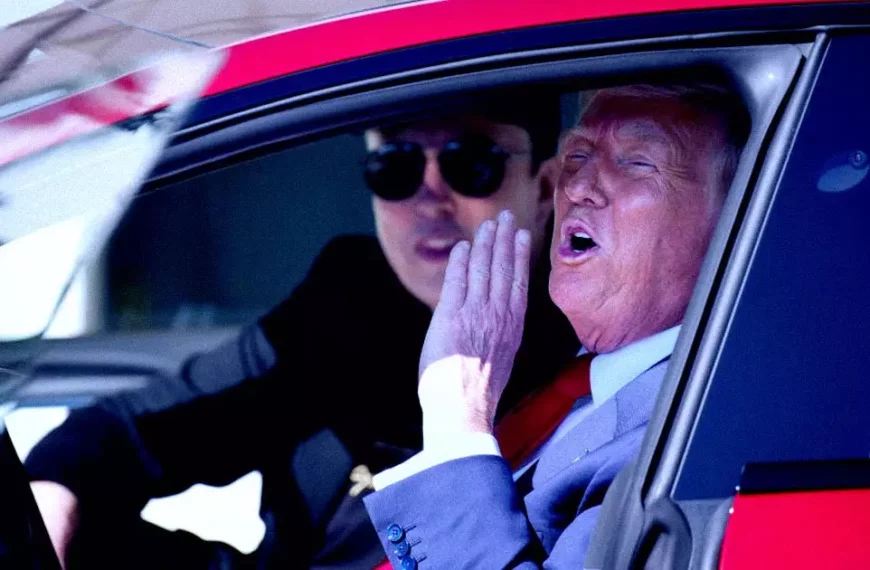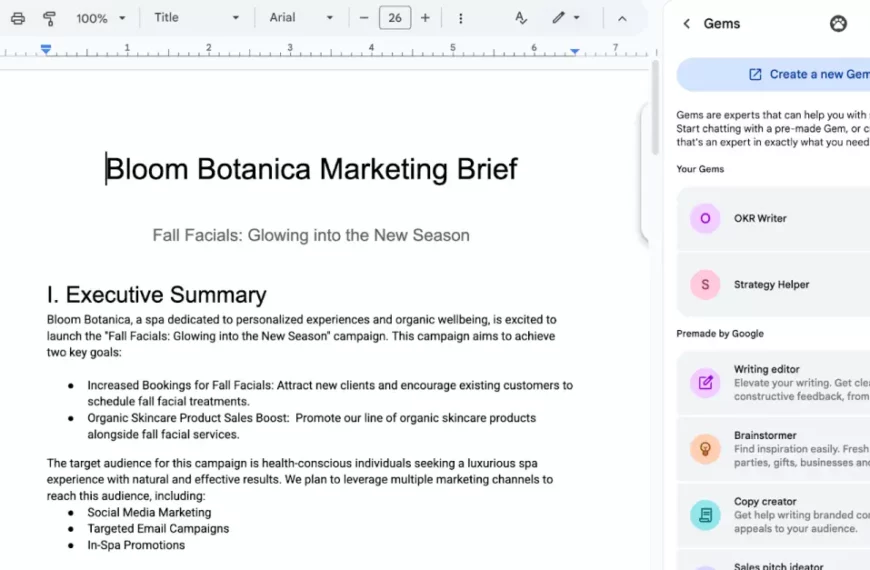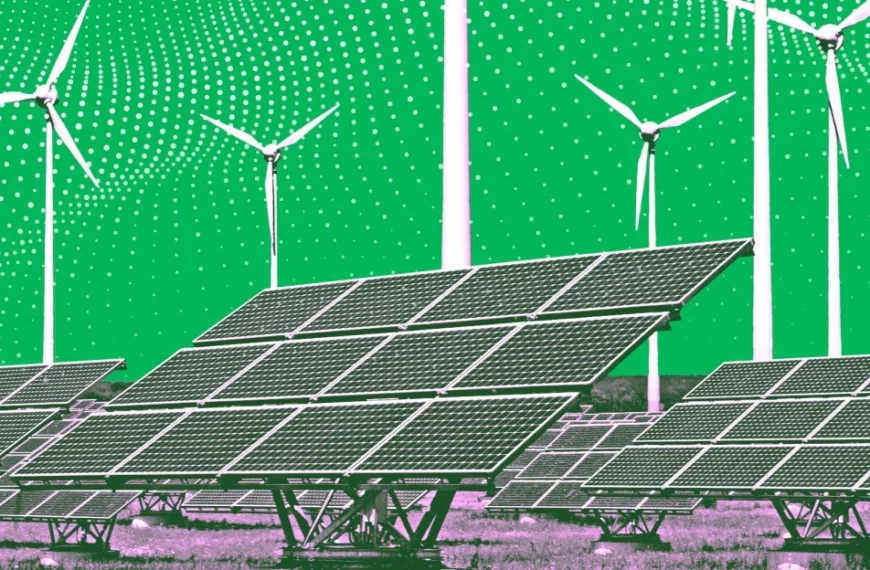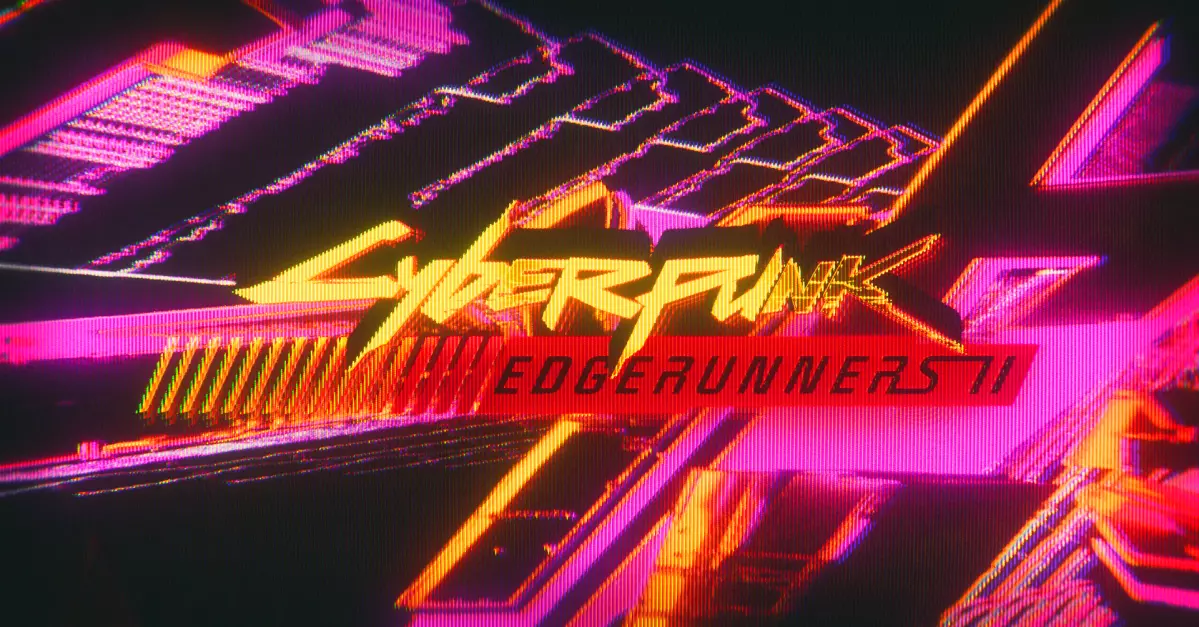In the rapidly evolving world of fast food, technology is becoming as essential as the secret sauce in your favorite burger. McDonald’s, the fast food colossus, once ventured into the realm of AI to streamline drive-through operations by collaborating with IBM. The idea was tantalizing – a seamless, automated process that would revolutionize customer service. However, the reality was far from the expectations, resulting in a plethora of botched orders and grumbling customers. Imagine pulling up to a McDonald’s drive-through, craving a Big Mac, only to be inundated with hundreds of unwanted chicken McNuggets. That’s enough to ruffle even the golden arches.
Other fast food chains, undeterred by McDonald’s experience, are hurtling forward with their AI pilot projects. Nevertheless, the glitches are proving to be a substantial hiccup. Wendy’s, for example, has an AI drive-through system that necessitates human intervention 14 percent of the time. While it sounds minimal in percentage terms, when you consider the volume of orders, it translates to a significant number of frustrated customers and employees stepping in to rectify errors. White Castle, another player in the AI game, reports a 10 percent rate of human intervention with their AI drive-through setup. These figures, though provided by the companies themselves, are hardly reassuring and suggest that the technology is far from foolproof.
For the customers, the experience leaves much to be desired. Venting their frustrations on platforms like Reddit, some have described the AI ordering systems as nothing short of a “pain in the ass,” and others have humorously likened it to a “Wish.com version of a cyberpunk dystopia.” It’s clear that while the allure of cutting-edge technology is strong, it often falls short in the practicalities of everyday fast food service. The core question that arises is whether these businesses are genuinely saving money by integrating AI, or if they are merely alienating their customer base and complicating the ordering process.
Implementing AI isn’t a cheap endeavor, and the mounting costs of deploying this technology can add up quickly. Coupled with the fact that many customers still prefer the simplicity and reliability of human customer service, it raises serious doubts about the efficacy of AI in fast food drive-throughs. The increased carbon emissions generated by these AI systems for something as mundane as ordering a burger only add to the list of concerns. In an effort to appear innovative and reduce labor costs, fast food chains may be inadvertently providing a subpar experience that drives customers away.
As CEOs continue to push AI into every nook and cranny of the fast food industry, one has to wonder whether this is a step forward or a technological misstep. The promise of a futuristic, automated dining experience sounds appealing, but the reality is laden with errors and inconveniences. For now, it seems that the human touch is still a crucial ingredient in providing satisfactory customer service, even in the fast-paced world of fast food. So next time your AI-driven order goes awry, just drive to another restaurant – it might save you from an avalanche of unwanted chicken McNuggets.



 By
By
 By
By
 By
By
 By
By

 By
By









